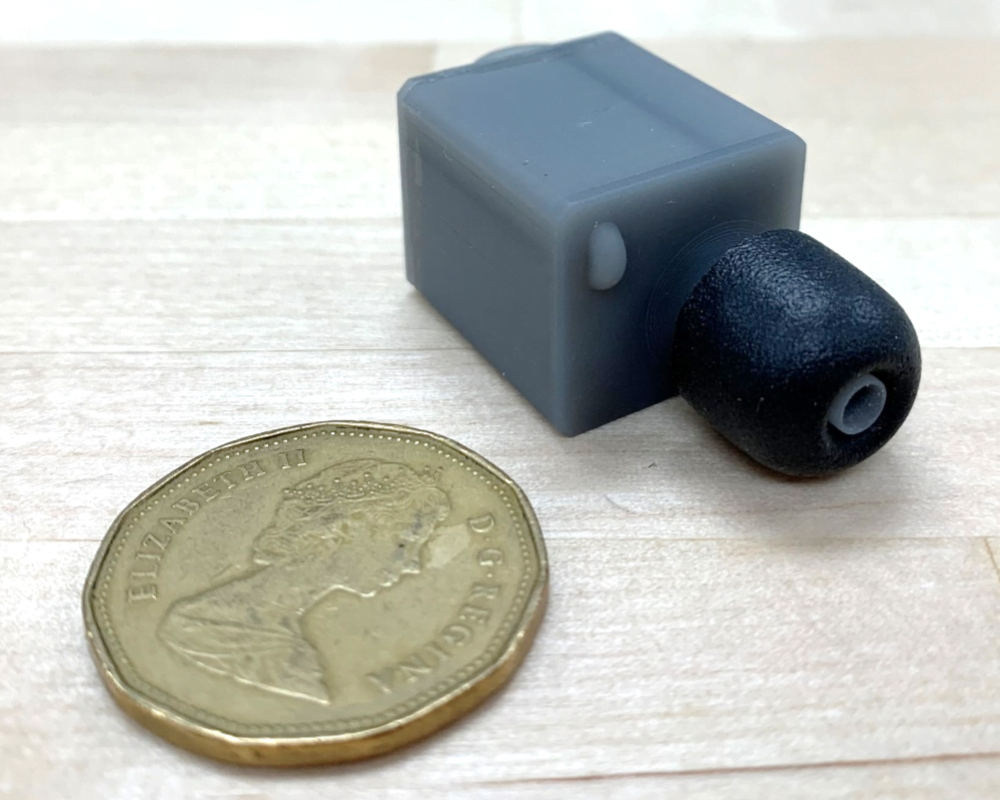Ear plugs can be wonderful at blocking outside noise, but they come with a downside: they typically amplify internal bodily sounds, like our heartbeat, breathing, and chewing. This effect, called occlusion, is distracting enough for some users to forego ear protection or hearing aids. But a new prototype offers a hope for an occlusion-free future without requiring active noise-cancelling.
Most devices fit a short way inside our ear canals, which blocks outside sound well, but creates a little resonance chamber between the plug and our ear drums. It’s this gap that amplifies the low-frequency sounds within our bodies, making them seem much louder. To counter that, the team’s new plug contains foam sections arranged with hollow spaces between. By tuning the properties of the 3D-printed foam, they created a resonant structure inside the earbud that damps out those low-frequency body noises while still blocking outside sound.

So far the prototype has only been tested with an artificial ear designed for auditory tests; that’s enough to show that the concept works, but next they’ll redesign the bud to fit a human ear canal more comfortably. (Image and research credit: K. Carillo et al.; via APS Physics)




